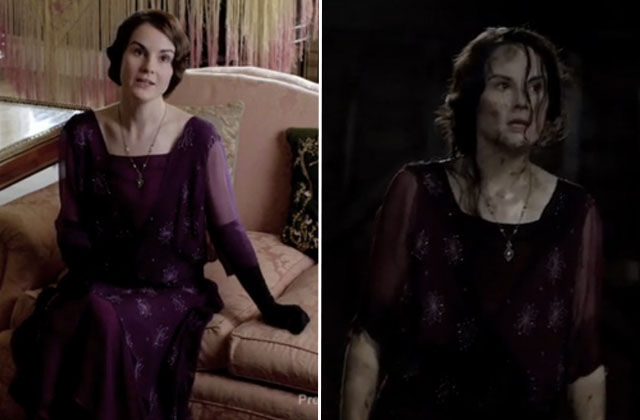
Autumn has been rainy and gloomy so far—that is, until the Mets came through and clinched a Wild Card spot in baseball’s post-season playoffs. Back in late July this seemed impossible. They couldn’t hit, they had already lost Matt Harvey and David Wright for the season, Noah Syndergaard and Steven Matz had been diagnosed with bone spurs and they were two games under .500. Worst of all, they needed to jump over five other teams to secure Wild Card status.
But then the team came together. Yoenis Cespedes started hitting. Asdrubal Cabrera, this year’s Mets MVP, hands down, came back from the disabled list and bad knees and all, could not be shut down once he had a bat in his hands. An “aged” rookie, T.J. Rivera (he’s all of 28), may have just Wally Pipped Neil Walker at second base, the discarded James Loney, whom the Mets picked up for a song, did an admirable job at first, Wilmer Flores proved he could hit, Jose Reyes proved the team needed a spark plug, and three minor league pitchers, Seth Lugo, Gabriel Ynoa and Robert Gsellman (all correctly spelled, folks) patched up this team’s hobbled rotation. And, after looking like the Dud Trade of the Year, Jay Bruce went on a rampage during the last two weeks of the season, making certain the Metropolitans would not be denied.
Watching the Mets play at the top of their game was reward enough—making the post-season is just icing on the cake. Of course I want them to beat the Giants and go on to play the Cubs, but I have no illusions. It’ll be a difficult progression, but to my way of thinking they’ve already won the season.
Thank you, boys!

LOOK OUT: SPOILERS BELOW
Robots run amok have always been a staple of the sci-fi genre, but HBO has upped the ante with a new version of “Westworld” that premiered this past Sunday. Based on the 1973 film of the same name that starred Yul Brynner as a cyborg gunslinger with a mind of his own, the HBO version has added some intriguing layers to both story and effects. The artificial humans, or “hosts,” who populate the luxury resort of Westworld are so improved that they’re barely discernible from the visiting guests, a fact brought home when we watch Dr. Ford (Anthony Hopkins), the cyborg inventor, knock back a few with Buffalo Bill, one of his earliest creations (Cute reference there to “Silence of the Lambs”). Bill is all herky-jerky, his speech is repetitious and in short, he looks and acts like a large mechanical toy.
Not so the hosts that populate the Wild West area of the resort (if I heard correctly, there are a total of 12 different worlds available to tourists, so there’s a great deal of room for the show to grow). They can react to innumerable variations posed by the guests and can even assist their programmers, headed by Bernard Lowe (the wonderful Jeffrey Wright), in diagnosing any glitches in their code. But things start going awry when they’re reprogrammed to be even more human, against the objections of Theresa Cullen (Sidse Babett Knudsen), head of cyborg maintenance and Bernard’s rival on staff. Some have reveries, one accesses past programmed lives on his own, another goes off script altogether. An even greater threat is posed by Peter Abernathy, the “father” of the Wild West cyborg heroine, Dolores (Evan Rachel Wood), when he unearths a photograph of an urban scene, prompting him to question the reality of his existence. It’s chilling, yet sad, to see his forced retirement into cyborg storage after Dr. Ford determines that it’s too dangerous to keep him working—Peter marches into oblivion with a tear in his eye.
HBO did a fine job with the first episode of “Westworld,” and the cast couldn’t be better. Thandie Newton is the saloon madam (I assume she’ll have far more to do in the coming weeks–she only had five lines last night), James Marsden is Dolores’ cyborg hero-boyfriend, Teddy, and best of all, Ed Harris is the villainous guest, The Man in Black, who appears to be a corporate spy (he “scalps” a cyborg in order to steal the circuitry in his skull). It goes without saying that the special effects are outstanding. My only quibble is that composer Ramin Djawadi’s theme music for this show is basically a ripoff of what he wrote for “Game of Thrones.” The music is so similar it’s distracting. I’m hoping the powers that be enlist the services of a new composer or order a rewrite, pronto.
The next episode can’t air soon enough.
























